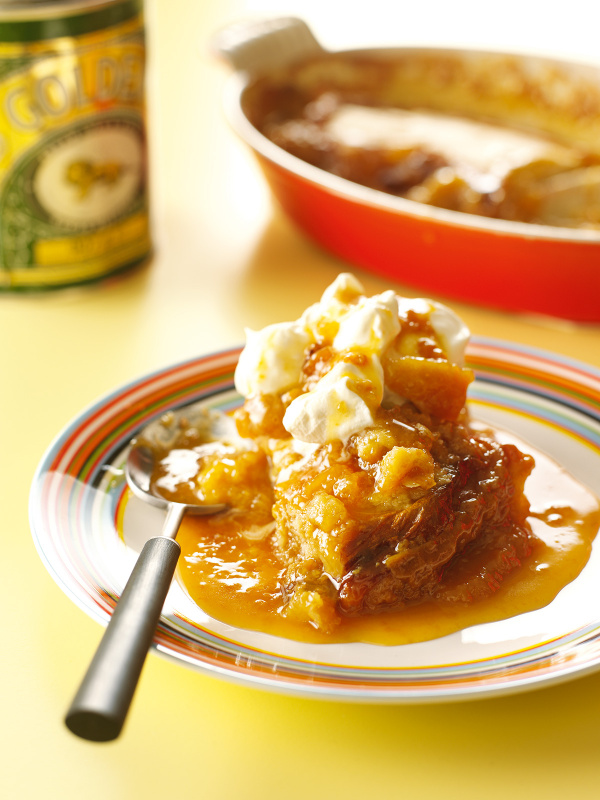Full question
Can a pressure cooker/Instant Pot be used to make steamed pudding? If so, what would the cooking times be? I'd like to make the Steamed Syrup sponge. Thank you!
Our answer
Nigella's Steamed Syrup Sponge (from HOW TO BE A DOMESTIC GODDESS) is slowly cooked in a saucepan of simmering water or in a steamer over a pan of simmering water. This gentle method of cooking gives a deceptively light sponge.
We understand that it is possible to use pressure cookers for steamed sponge puddings, but if you just use the pressure cooking function the sponges can become heavy as the air bubbles generated by the baking powder aren't able to expand in the same way. So our preference is for tradtitional steaming, if possible. For a pressure cooker you need to do a period of regular steaming before applying any pressure. We are also not sure that the lid of a plastic pudding basin would stand up to the changes in pressure, so it may be better to cover the top of the pudding basin with a layer of baking parchment (parchment paper) and a double layer of foil and tie it securely, to prevent any water from coming in. Add hot water from a just boiled kettle to the pan to come about halfway up the side of the pudding basin, put the lid on and steam the pudding without pressure for 20 minutes then use low pressure to cook for a further 30-40 minutes. Once the pressure is released you need to check if the pudding is done by inserting a skewer into the centre of the sponge - it should come out clean if the sponge is cooked. If not, you may need to cook for a further 5-10 minutes on low pressure. For an Instant Pot we understand there is a steam function that you may need to use first, followed by a period of pressure cooking. For both a pressure cooker and Instant Pot it is vital that you follow the manufacturer's instructions for use at all times. We would also mention that as we have not cooked the Steamed Syrup Sponge this way, we are unable to guarantee the results.





Tell us what you think
Thank you {% member.data['first-name'] %}.
Explore more questionsYour comment has been submitted.